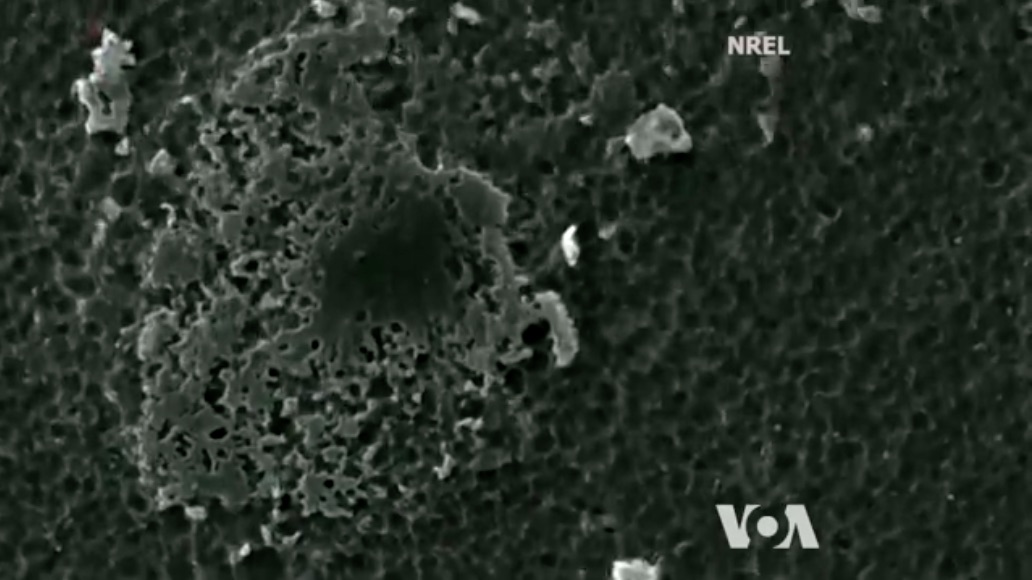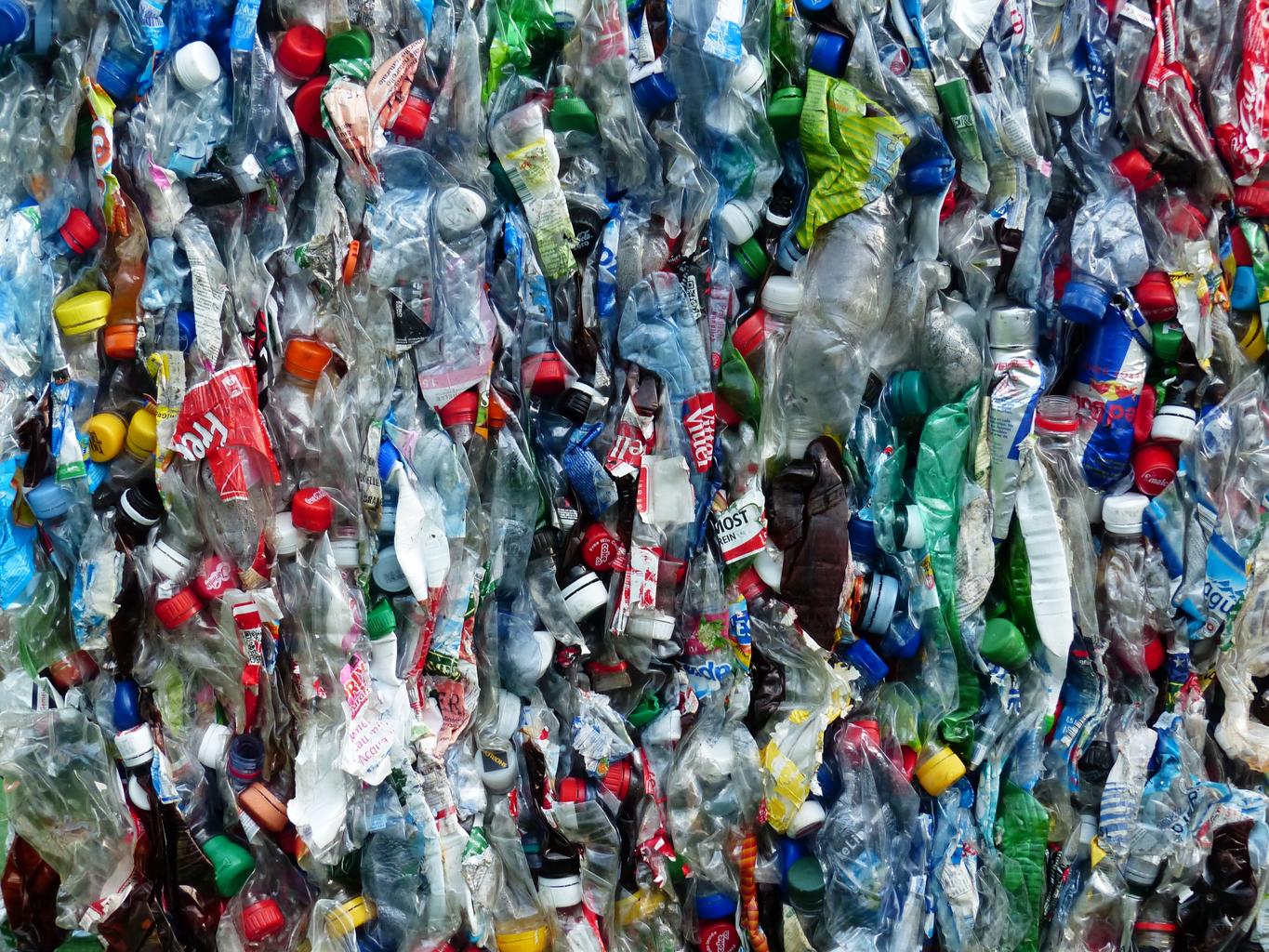Portsmouth, England —(Map)
On Sunday, Earth Day focused on using less plastic to keep plastic pollution out of landfills and oceans. But what about the plastic already polluting our world? Scientists may have come one step closer to figuring out a way to deal with it.
In 2016, scientists in Japan discovered a tiny life form that could “eat” plastic. It was a kind of bacteria , which the scientists called Ideonella sakainesis. This was big news because until then, no one had ever heard of a bacteria that could break down plastic.

(Source: Screenshot, VOA News.)
Bacteria are tiny living things that usually can only be seen with a microscope. Bacteria can live almost anywhere – even in places where no other kind of life can survive. Some bacteria can “eat” other things by changing the chemicals in those things into something that will help the bacteria grow.

(Source: Screenshot, VOA News.)
The secret for Ideonella sakainesis was enzymes. Enzymes are used by bacteria and other cells to make chemical changes happen. Ideonella sakainesis uses two enzymes to turn plastic into something it can eat. One of these, called “PETase”, is the one that breaks down the plastic. What’s left over afterward could be used to make new plastic.

(Source: Screenshot, VOA News.)
Now scientists have figured out a way to make the bacteria eat plastic even faster. And they made their discovery by accident. The scientists made changes to the enzyme PETase. They thought their changes would make Ideonella sakainesis eat plastic even slower. They were surprised to find that the change made it eat 20% faster.

(Source: Screenshot, VOA News.)
This is an important step, but it will still be a while before we will know if the bacteria can really make a difference. Everything has to be just right for Ideonella sakainesis to do its work. It can’t be too hot or too cold. The scientists say they will keep exploring. They want to make the bacteria work even faster, and they’d like to make it work in all kinds of conditions.
Another limit to the good news is that Ideonella sakainesis only eats one kind of plastic, called PET (polyethylene terephthalate). PET is usually used for making bottles. But scientists think it is possible that there may be other kinds of bacteria that eat other kinds of plastic. They think that even if these bacteria don’t already exist, they may come along soon. Bacteria can change their habits quickly, compared to bigger life forms.

These bottles are ready for recycling, but most plastic bottles do not get recycled.
(Source: Hans-2, via Pixabay.)
Most plastics can already be recycled, and this is really just a new way to recycle them. The new discovery does not change the fact that only about 9% of plastics actually get recycled, while the rest get thrown away. Some scientists also point out that dangerous chemicals are added when plastic is made. If bacteria breaks down plastic in natural areas, those poisons will be released, and could affect plants, animals, or humans.
😕
This map has not been loaded because of your cookie choices. To view the content, you can accept 'Non-necessary' cookies.
